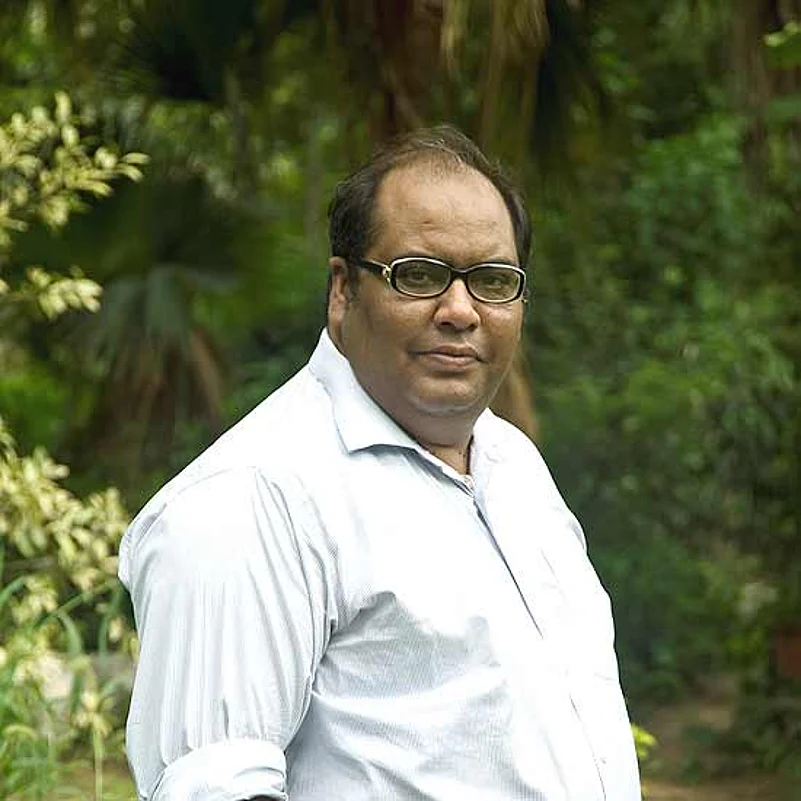An entirely artist-driven fair. Why?
I wanted to create a platform where I could bring together artists who have had little access to galleries. This has been my dream and I am happy to see it come true.
What kind of artists made the cut?
We had artists from different parts of the country—Kerala, Gujarat, Bengal, Delhi among others—and from various backgrounds. Revant Bogra, 16, the youngest artist at the fair, is supremely talented and a rising star.
Are you happy with the turnout?
It far exceeded my expectations. We had a footfall of around 1.5 lakh people, including industrialists, exporters, designers, hoteliers, art connoisseurs, art lovers and critics.
Is the Indian art scene changing?
Yes. Social networking has created awareness; people are challenging the conventional.
You also had a masters’ corner?
Yes, we wanted to show the audience where the contemporary artists had conformed and where they had departed from the works of masters such as M.F. Husain, Paritosh Sen, Manu Parekh and J. Swaminathan.
Could the fair challenge the gallery culture?
No. We gave artists a platform, and they were exposed to collectors, critics, galleries, art lovers, who were free to judge them. If the galleries like their work, good for them.
How many works sold?
The response has been unbelievable. We’re hoping that when sales close and accounts are settled, at least 65 per cent would be sold.
Would you have wanted something more?
Yes, tribal and cave art, but there was a space constraint. Next time, hopefully.
Your view on the global art scene?
It moves at a slow pace because of the recession, but the interest is certainly not dying.
What’s next?
Rest. A bigger fair next year; with participants from across the world and 35 curators.
















